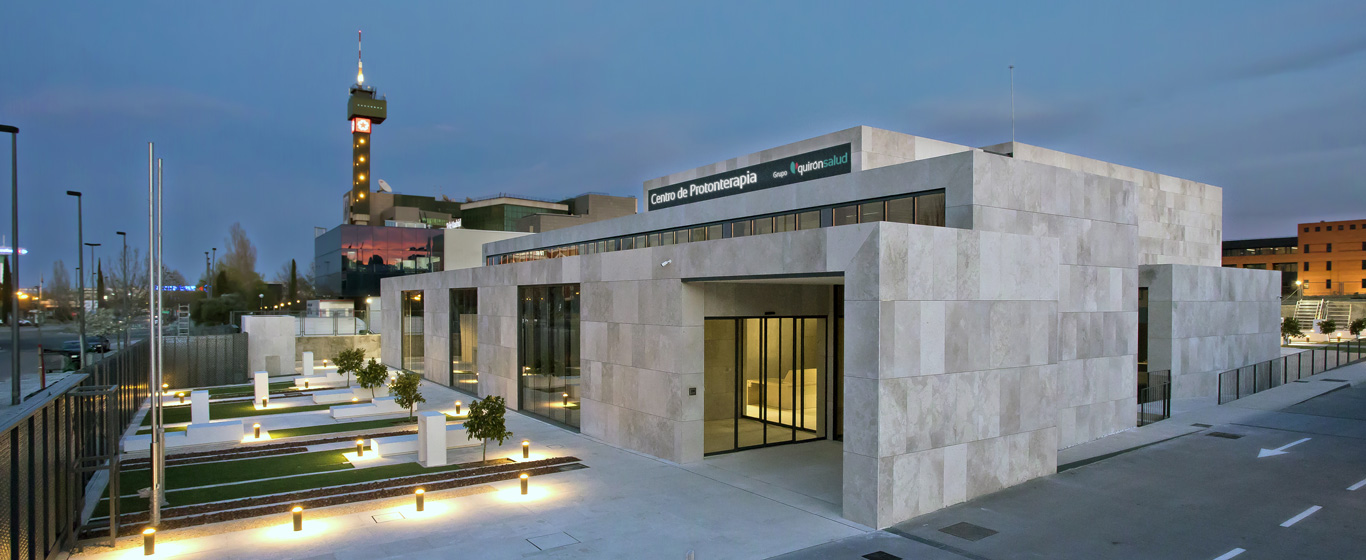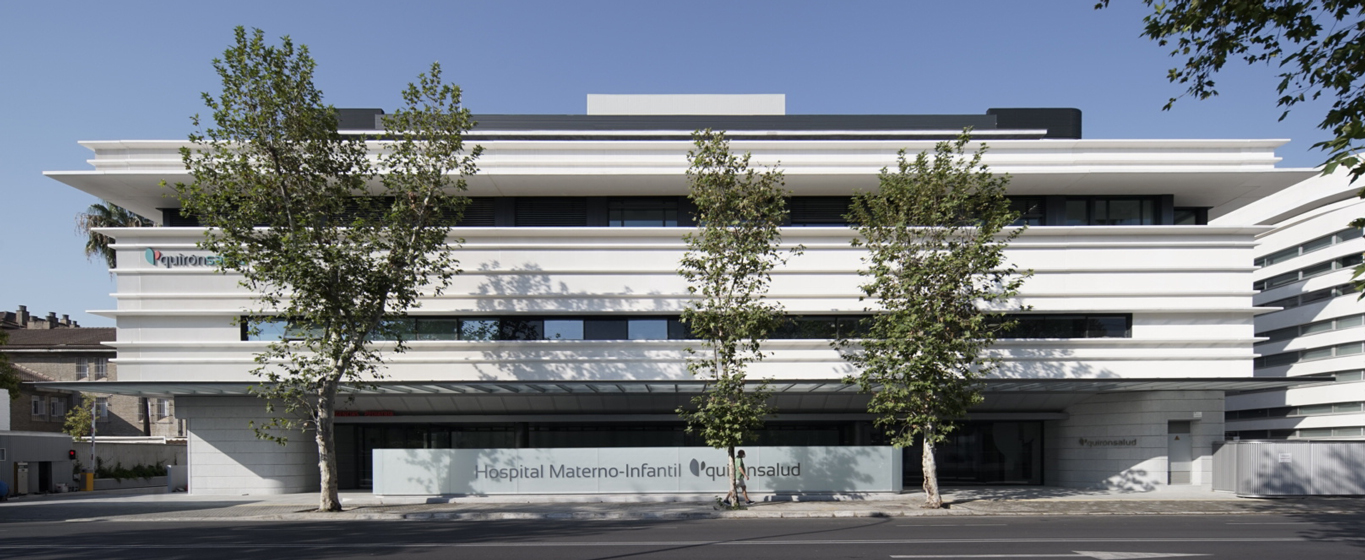Endometrial Biopsy
An endometrial biopsy involves the extraction of a tissue sample from the endometrium to analyze the characteristics and behavior of its cells. This is a highly effective diagnostic method for detecting cancer or identifying the causes of infertility.

General Description
An endometrial biopsy is a procedure in which a sample of the uterine lining is taken for analysis to determine whether there are abnormal cells or changes in their behavior.
The sample can be obtained using a suction pipette, an aspiration device, or through a jet lavage technique that causes part of the endometrium to detach. To improve visualization inside the uterus, an endometrial biopsy is often guided by hysteroscopy. This involves inserting a thin, lighted tube (hysteroscope) through the vagina, providing real-time images of the endometrium. In rare cases, a dilation and curettage (D&C) biopsy is performed, requiring anesthesia since the sample is collected by scraping the uterine wall in an operating room.
An endometrial biopsy is not only useful for diagnosing endometrial cancer but also for detecting other abnormalities in the female reproductive system.
When Is It Indicated?
An endometrial biopsy is indicated in the following situations:
- Abnormal bleeding, especially in postmenopausal women.
- Suspected endometrial hyperplasia (excessive growth of the endometrium).
- In women with fertility problems, to assess whether the uterus can sustain a pregnancy to term.
- Signs of endometrial cancer.
How Is It Performed?
Endometrial biopsy sample collection can be done in a gynecology office on an outpatient basis, except in cases where a curettage is required.
The patient is placed in a gynecological position, lying on her back with legs apart, while the specialist inserts the hysteroscope through the vagina. Once a clear view of the target area is obtained, a cannula is inserted to collect a sufficient number of cells for analysis.
Proper handling of the endometrial sample is crucial, requiring fixation with formaldehyde (CH₂O) to prevent degradation and storage in a sealed, sterilized container to avoid oxidation. In the laboratory, the sample is sliced into thin layers and prepared for microscopic examination. Staining techniques are typically used to highlight abnormal cells.
Risks
An endometrial biopsy does not pose significant health risks, though there is a possibility of infection.
In very rare cases, the cervix or uterus may be perforated during the procedure.
What to Expect from an Endometrial Biopsy
Before the biopsy, the patient must sign an informed consent form. A medical gown will be provided to wear during the procedure.
After lying down on the examination table and assuming the gynecological position, a sheet is placed over the upper thighs for privacy. The specialist applies a protective sheath and lubricant to the hysteroscope before inserting it into the vagina, where a speculum has been placed beforehand to facilitate access. This may be uncomfortable but is usually not painful, especially if the muscles are kept as relaxed as possible. During sample collection, it is common to feel cramps similar to menstrual pain or slight stomach discomfort, which typically subsides once the procedure is complete.
For a D&C biopsy, the procedure takes place in an operating room under anesthesia to prevent pain. With the cervix dilated, a curette (a long, thin rod) is inserted into the uterus to scrape the endometrial tissue, or a cannula is used for aspiration. After the procedure, the patient remains in recovery and under observation for a period of time.
The endometrial biopsy takes between 5 and 15 minutes.
For the following two weeks, it is recommended to avoid sexual intercourse, soaking baths, tampon use, and intense physical activity, though absolute rest is not necessary. The use of sanitary pads is advised for the first few days, as mild bleeding is common.
Results are typically available in the doctor's office within approximately five days.
Specialties That Request an Endometrial Biopsy
Oncologists, fertility specialists, and gynecologists may request an endometrial biopsy for various reasons. Usually, the gynecologist is the specialist responsible for collecting the tissue sample, while pathologists perform the laboratory analysis.
How to prepare
Before undergoing an endometrial biopsy, the following precautions should be taken:
- Confirm that pregnancy is not present.
- Discontinue anticoagulant medications.
- Avoid vaginally administered drugs, creams, lubricants, soaps, and douching.
- Refrain from sexual intercourse for 48 hours prior to the procedure.









































































































